In the fast-paced world of property management, efficiency isn't just a luxury—it's a necessity. As we navigate through 2024, property managers face increasing demands from guests, more complex booking channels, and higher expectations for service quality. The good news? Modern technology and smart workflow optimization can help you save time while delivering exceptional experiences.
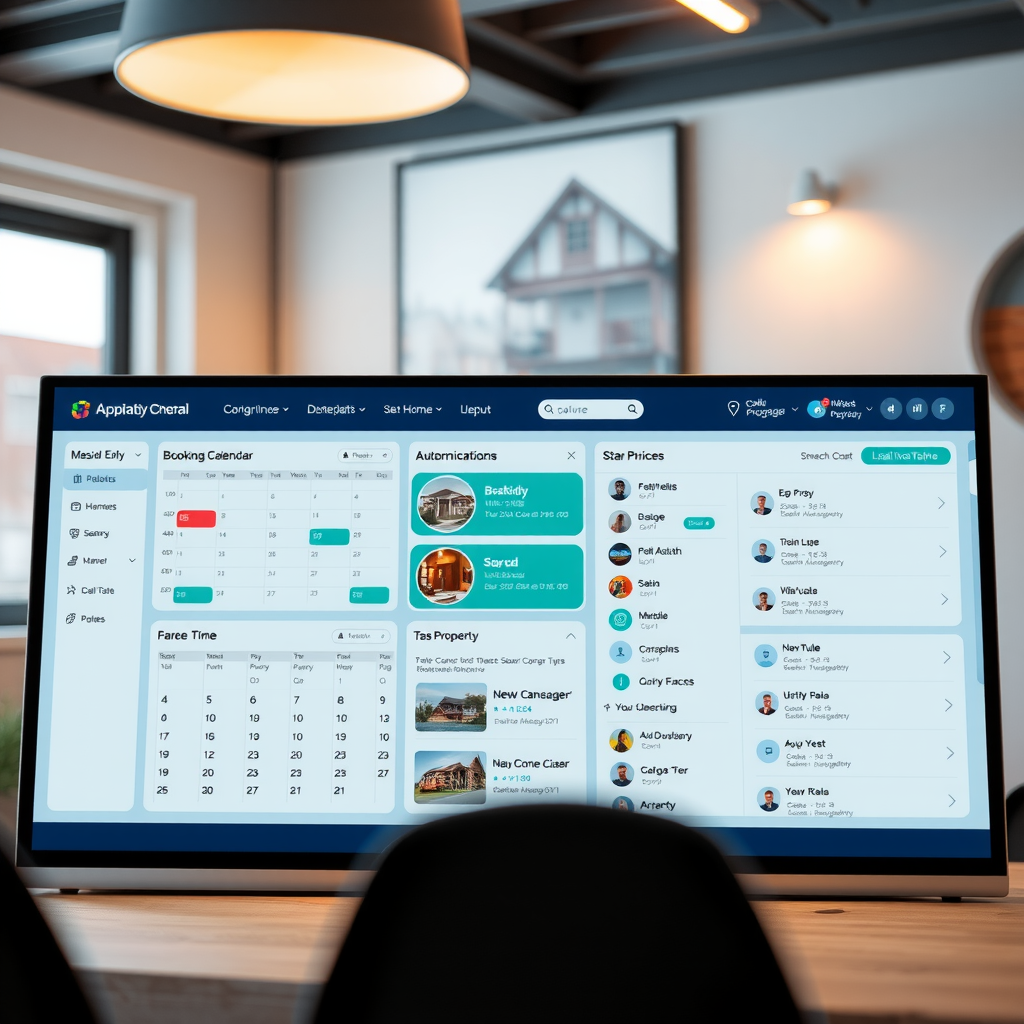
This comprehensive guide explores practical strategies that successful property managers are using to streamline their operations, reduce manual work, and focus on what truly matters—creating memorable stays for their guests.
Understanding the Modern Property Management Challenge
Today's property managers juggle multiple responsibilities simultaneously. From coordinating cleaning schedules and managing maintenance requests to responding to guest inquiries and optimizing pricing strategies, the workload can quickly become overwhelming. Traditional manual processes simply can't keep pace with the demands of modern hospitality.
The key to success lies in identifying repetitive tasks that consume valuable time and finding ways to automate or streamline them. By implementing the right systems and workflows, you can reclaim hours each week while improving service quality and guest satisfaction.
Automating Guest Communication
Guest communication is one of the most time-consuming aspects of property management, yet it's also one of the most critical for ensuring positive reviews and repeat bookings. The solution isn't to communicate less—it's to communicate smarter.
Pre-Arrival Messages
Set up automated message sequences that trigger at specific intervals before guest arrival. These messages should include:
- Booking confirmationwith property details and house rules
- Pre-arrival informationsent 7 days before check-in with local recommendations
- Check-in instructionsdelivered 24 hours before arrival with access codes and directions
- Welcome messageon the day of arrival confirming everything is ready
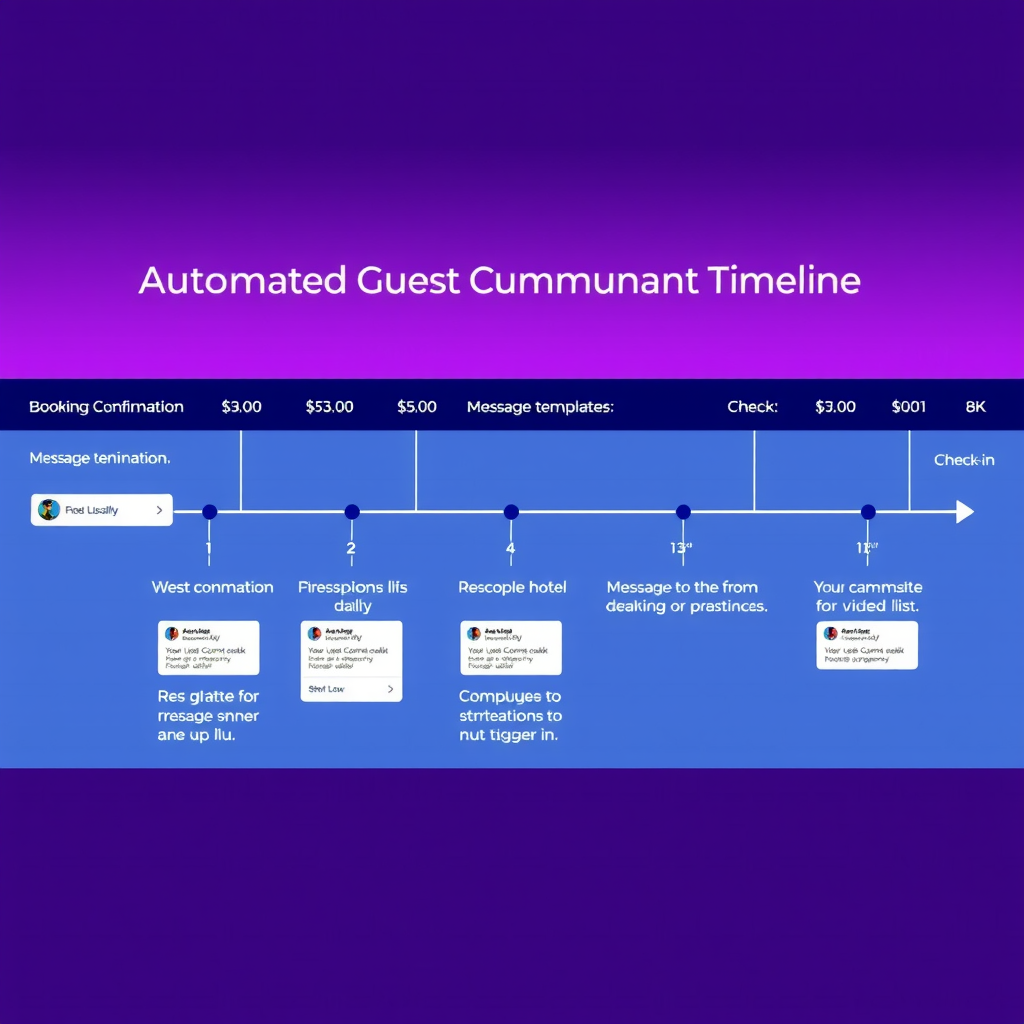
During-Stay Support
While automation handles routine communications, ensure guests know how to reach you for urgent matters. Create a clear escalation path that balances automated responses with personal attention when needed. Consider implementing a chatbot for common questions while maintaining a direct line for emergencies.
Pro Tip:Personalize automated messages with guest names, property-specific details, and local insights. This maintains a personal touch while saving time on repetitive communications.
Centralizing Your Operations
Managing multiple properties across different booking platforms can create chaos without a centralized system. A unified dashboard that synchronizes all your channels prevents double bookings, streamlines calendar management, and provides a single source of truth for your operations.
Channel Management
Connect all your booking platforms—whether it's Airbnb, Booking.com, Vrbo, or direct bookings—to a central system. This ensures:
- Real-time calendar synchronization across all platforms
- Automatic rate adjustments based on demand and seasonality
- Unified inbox for all guest communications
- Consolidated reporting and analytics
Task Management Integration
Link your booking system with task management tools to automatically generate cleaning schedules, maintenance requests, and inspection checklists. When a booking is confirmed, the system should automatically create all necessary tasks with appropriate deadlines and assignments.
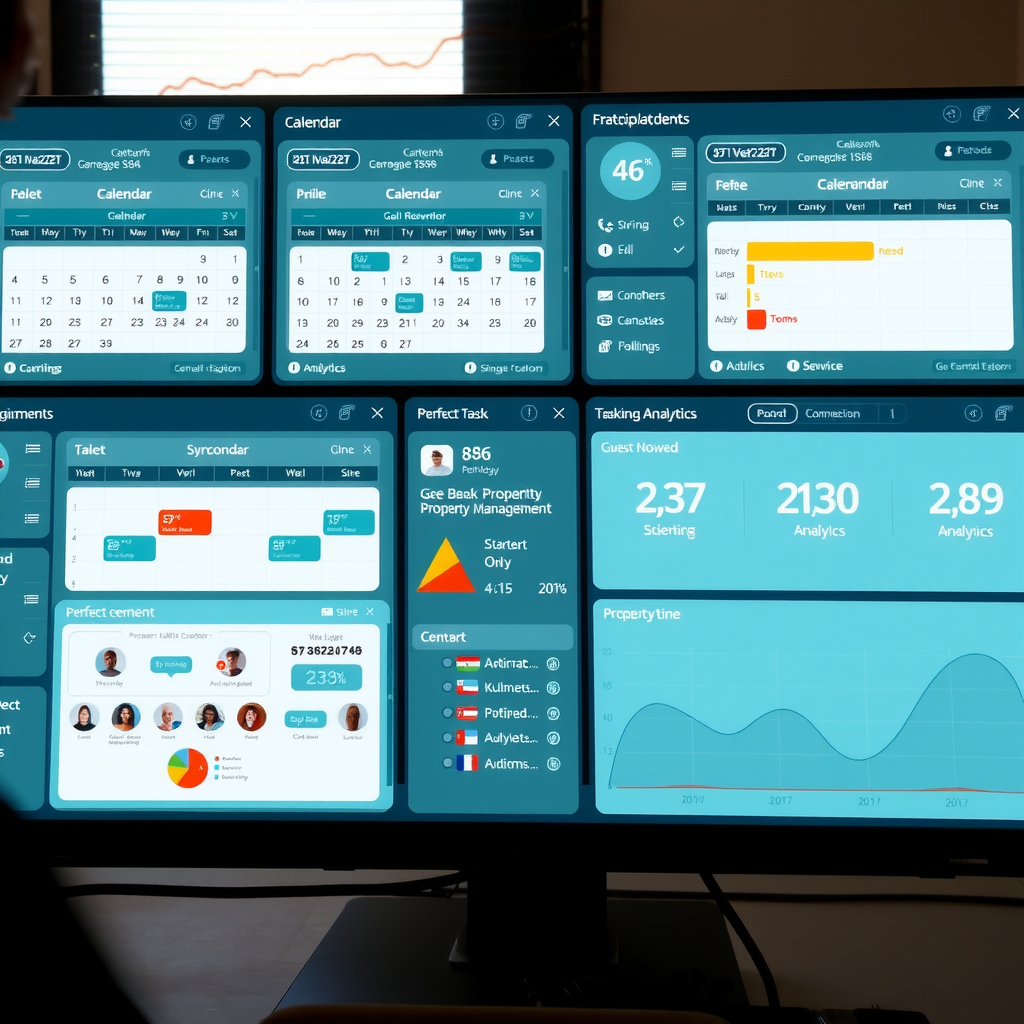
Optimizing Cleaning and Maintenance Workflows
Cleaning and maintenance coordination often involves numerous phone calls, text messages, and manual scheduling. Streamlining these processes can save hours each week while improving service consistency.
Digital Checklists and Standards
Create detailed digital checklists for cleaning teams that include:
- Room-by-room cleaning requirements with photo examples
- Quality control checkpoints
- Inventory verification (toiletries, linens, kitchen supplies)
- Photo documentation of completed work
Digital checklists ensure consistency across properties and provide accountability. Cleaning teams can mark tasks complete in real-time, and you receive instant notifications when properties are ready for guests.
Preventive Maintenance Scheduling
Don't wait for things to break. Implement a preventive maintenance schedule that automatically reminds you to:
- Replace HVAC filters quarterly
- Test smoke detectors monthly
- Deep clean carpets and upholstery seasonally
- Inspect appliances and plumbing regularly
- Service outdoor equipment before peak seasons
Preventive maintenance reduces emergency repairs, extends the life of your property assets, and prevents negative guest experiences caused by equipment failures. The time invested in regular maintenance pays dividends in reduced costs and improved guest satisfaction.
Leveraging Data for Better Decisions
Modern property management systems generate valuable data that can inform strategic decisions. Instead of relying on gut feelings, use analytics to optimize your operations.
Performance Metrics to Track
- Occupancy ratesby property, season, and booking channel
- Average daily rate (ADR)and revenue per available room (RevPAR)
- Guest satisfaction scoresand review ratings
- Response timeto guest inquiries and issues
- Cleaning turnaround timebetween bookings
- Maintenance costs per property
Review these metrics regularly to identify trends, spot problems early, and make data-driven improvements to your operations.
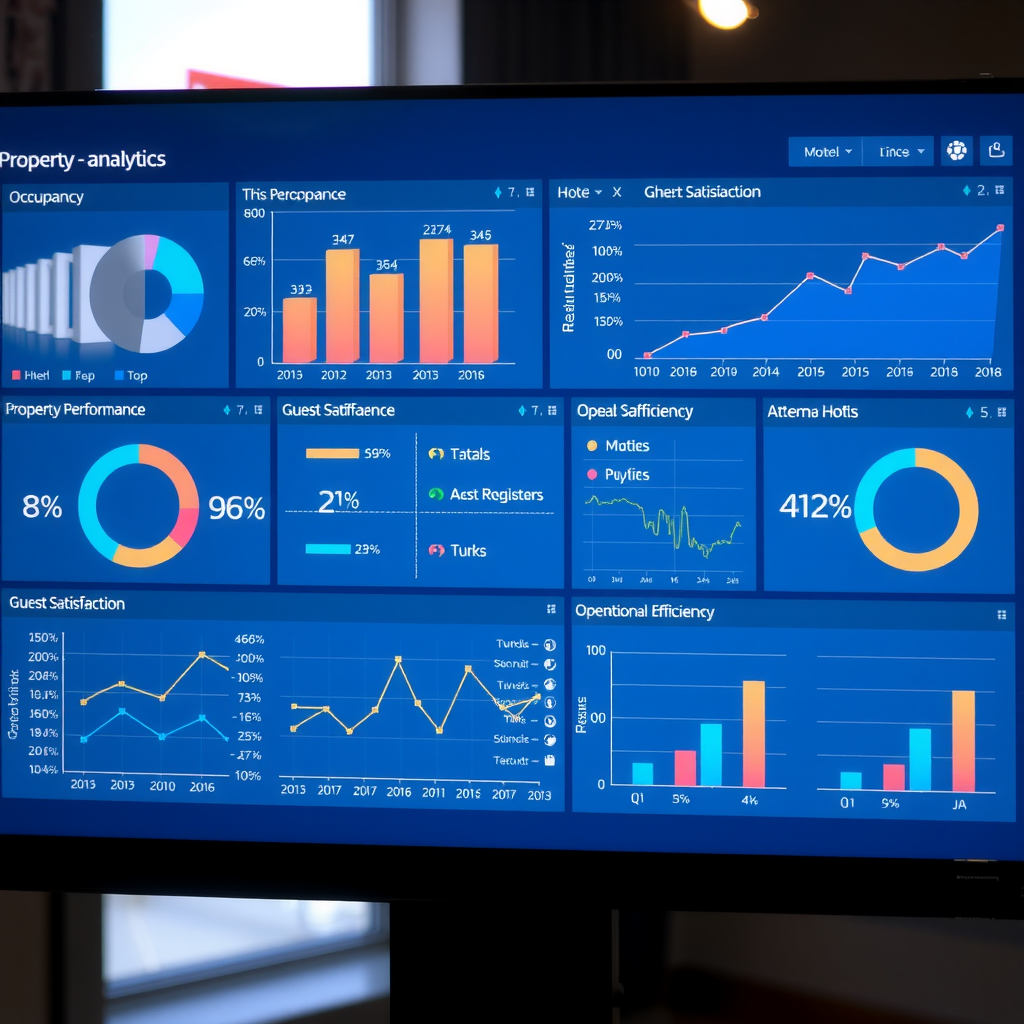
Building Standard Operating Procedures
Document your processes to ensure consistency and make it easier to train new team members or scale your operations. Standard operating procedures (SOPs) should cover:
- Guest communication protocols and response templates
- Check-in and check-out procedures
- Cleaning and inspection standards
- Maintenance request handling
- Emergency response procedures
- Pricing and availability management
Well-documented SOPs reduce decision fatigue, minimize errors, and ensure that your properties maintain consistent quality standards regardless of who's handling day-to-day operations.
Implementing Smart Home Technology
Strategic use of smart home technology can reduce manual tasks and improve guest experiences. Consider implementing:
Smart Locks
Eliminate key exchanges and lockbox management with smart locks that generate unique access codes for each guest. Codes can be automatically sent before arrival and expire after checkout, enhancing security while simplifying access management.
Smart Thermostats
Program thermostats to adjust temperatures based on booking schedules, reducing energy costs between guests while ensuring properties are comfortable upon arrival.
Noise Monitoring
Install noise monitoring devices that alert you to potential party situations without invading guest privacy. Early intervention can prevent property damage and neighbor complaints.
Implementation Tip:Start with one or two smart home features and expand gradually. Focus on technologies that solve specific pain points in your workflow rather than adopting technology for its own sake.
Streamlining Financial Management
Financial tracking and reporting can consume significant time if not properly systematized. Implement tools and processes that automate:
- Payment collectionfrom multiple booking channels
- Expense trackingfor cleaning, maintenance, and supplies
- Owner statementsfor properties you manage on behalf of others
- Tax documentation and reporting
- Profit and loss analysis by property
Connecting your property management system with accounting software eliminates manual data entry and provides real-time financial visibility.
Creating Efficient Team Communication
If you work with cleaning teams, maintenance contractors, or co-hosts, establish clear communication channels and protocols. Use team collaboration tools that allow:
- Task assignment and tracking
- Photo and document sharing
- Real-time status updates
- Centralized communication history
Avoid scattered communications across text messages, emails, and phone calls. A centralized platform ensures nothing falls through the cracks and provides a searchable record of all interactions.
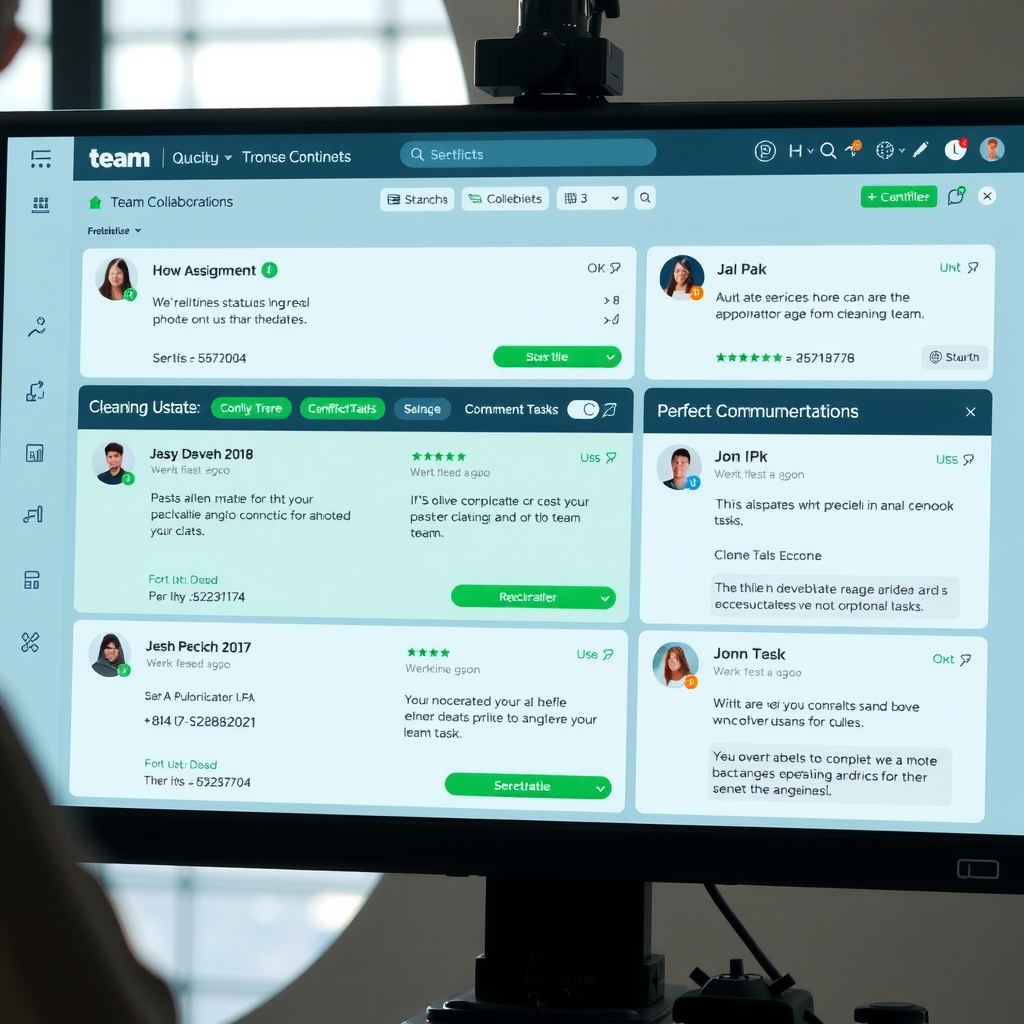
Continuous Improvement and Optimization
Workflow optimization isn't a one-time project—it's an ongoing process. Schedule regular reviews of your operations to identify bottlenecks and opportunities for improvement.
Monthly Workflow Audits
Set aside time each month to:
- Review time spent on different tasks
- Identify repetitive manual processes
- Gather feedback from team members
- Test new tools or approaches
- Measure the impact of recent changes
Small, incremental improvements compound over time, leading to significant efficiency gains.
Conclusion: The Path Forward
Streamlining your property management workflow in 2024 requires a combination of smart technology adoption, process optimization, and continuous improvement. Start by identifying your biggest time drains and addressing them systematically. You don't need to implement everything at once—focus on changes that will have the most significant impact on your daily operations.
Remember that the goal isn't just to save time—it's to create capacity for activities that truly grow your business and improve guest experiences. By automating routine tasks and optimizing workflows, you free yourself to focus on strategic decisions, property improvements, and building relationships with guests and property owners.
The most successful property managers in 2024 aren't necessarily those with the most properties—they're the ones who have built efficient, scalable systems that allow them to deliver consistent quality while maintaining work-life balance. With the right approach to workflow optimization, you can join their ranks and build a thriving property management business that works for you, not the other way around.